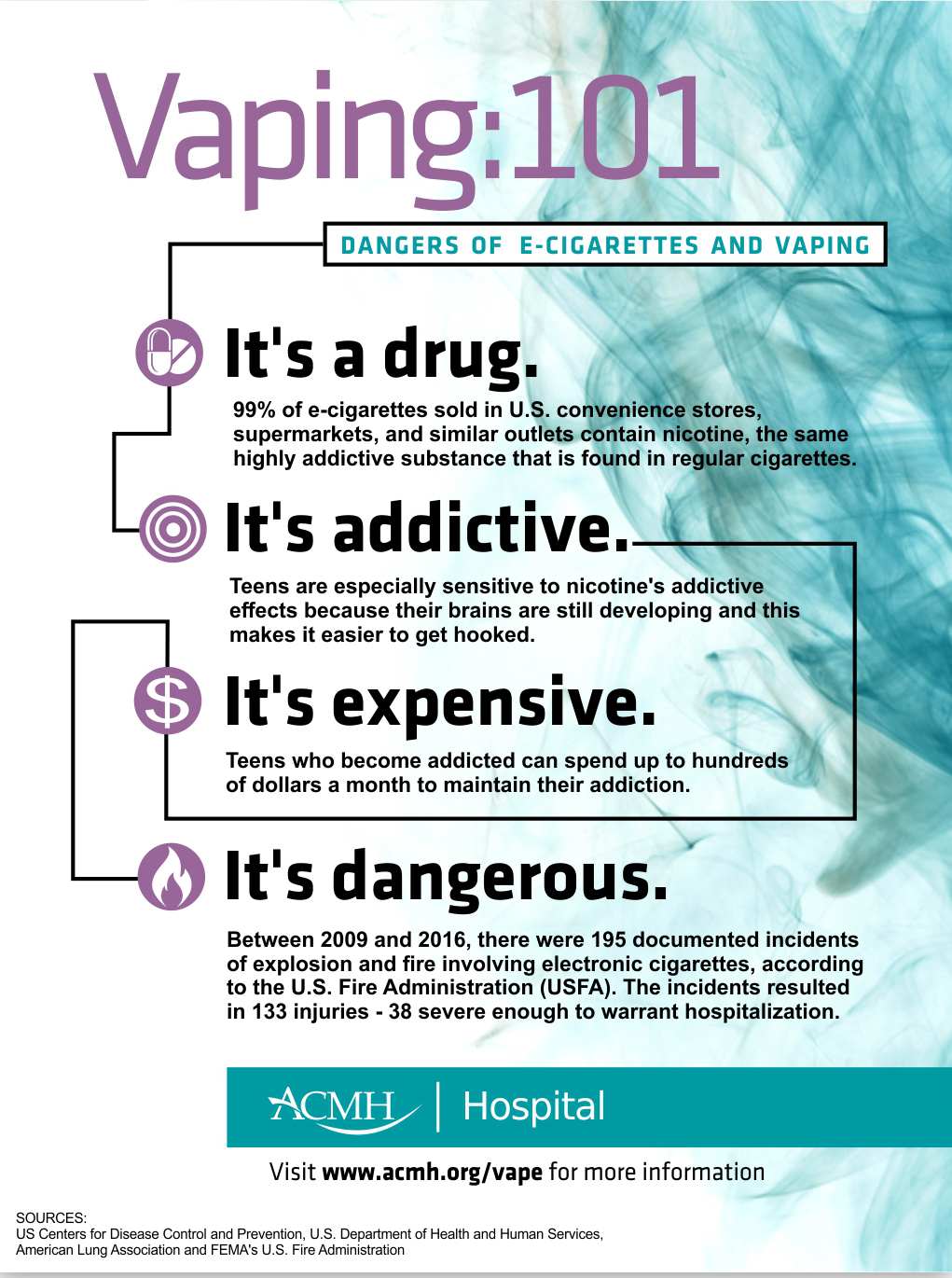Understanding Secondhand Exposure to E-Cigarettes
Nonsmokers exposed to secondhand aerosol from electronic cigarettes (e-cigarettes) inhale a mixture of substances, distinct from traditional cigarette smoke but not without potential harm.
Key Compounds in E-Cigarette Aerosol
While generally containing fewer toxicants than cigarette smoke, e-cigarette aerosol delivers several substances that can impact nonsmokers:

- Ultrafine Particles: Can penetrate deep into lung tissue and enter the bloodstream, potentially causing inflammation and cardiovascular stress.
- Volatile Organic Compounds (VOCs): Including carcinogens like formaldehyde and acetaldehyde, formed under high-heat conditions in some devices.
- Heavy Metals: Such as lead, nickel, tin, and chromium, released from device components.
- Propylene Glycol/Glycerin: Carrier liquids that, when aerosolized and inhaled secondhand, may irritate airways.
- Nicotine: Residual nicotine is present in exhaled aerosol. Studies confirm measurable levels of nicotine metabolites in the bodies of exposed nonsmokers.
- Flavoring Chemicals: Many flavorants are safe to eat but have unknown respiratory effects when inhaled, potentially causing irritation.
Documented Health Effects on Nonsmokers
Evidence suggests exposure can cause immediate adverse effects:
- Respiratory Irritation: Eye, nose, and throat irritation, coughing, and shortness of breath are reported.
- Exacerbated Asthma: Exposure can trigger asthma attacks and worsen respiratory symptoms in individuals with asthma.
- Cardiovascular Effects: Fine particles contribute to endothelial dysfunction and oxidative stress, linked to increased cardiovascular risk.
Long-term health impacts are less documented but biologically plausible due to the inflammatory and toxic nature of inhaled components.
Vulnerable Populations
Certain groups face heightened risks:
- Children & Adolescents: Developing lungs and brains are particularly susceptible. Nicotine exposure can harm brain development.
- Pregnant Women: Nicotine exposure may harm fetal development.
- Individuals with Pre-existing Respiratory/Cardiovascular Conditions.
Comparison to Secondhand Tobacco Smoke
Current evidence indicates secondhand e-cigarette aerosol is less harmful than secondhand tobacco smoke, primarily due to the absence of combustion products like tar and carbon monoxide, and significantly lower levels of many toxicants. However, less harmful does not mean harmless. Nonsmokers should not be involuntarily exposed.
Conclusion for Public Health
Electronic cigarette emissions contain potentially harmful substances. Nonsmokers, especially vulnerable groups, can experience adverse health effects from secondhand exposure. While presenting a lower risk profile than secondhand smoke, exposure should be minimized. Policies restricting use in indoor public spaces and around children align with protecting nonsmokers.










